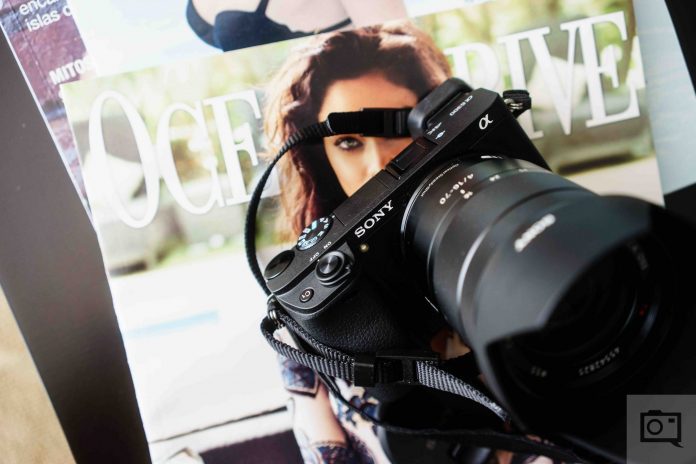The Sony A6300 experience, as with many of its A series interchangeable-lens camera (ILC) models, feels like soaring through the sky one minute only to smack into a window the next. It flies with a beefed-up autofocus system, excellent 4K video (with supporting features) and improved low-light photo quality over the A6000’s already great images. Combined with the usual advantages of an ILC — smaller body and lenses, better photo preview and more streamlined video shooting — there’s a lot to appeal to enthusiasts who might otherwise buy a fast general-purpose dSLR.
That kit lens is one of my least favorites, though — it feels cheap, slows camera startup a lot, and the inexpensive power zooms generally have worse quality than their manual counterparts. It seems a waste for
this camera.
Best quality, for the moment
It really is a moving target, but for now the A6300 seems to have the best photo quality in its price class: most accurate automatic white balance, with nicely rendered detail, decent tonal range and above average noise profile even with the default Creative Style setting. It pushes the contrast a little, but doesn’t mess with the actual hues.
It’s not a huge lead, though. For example, you won’t see much difference from the much-cheaper A6000 in the JPEGs until you hit about ISO 6400; below that, they’re practically identical. The A6300‘s JPEGs are only really clean through ISO 800; you can push that through ISO 3200 by shooting raw to avoid the aggressive noise reduction and to expand the shadow areas that get clipped.
As you’d expect from Sony, the 4K video is quite good; sharp, with an excellent noise profile and well preserved tonal range in low light. Highlights will blow out with the default settings, though, as with many cameras.

